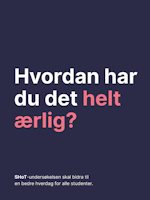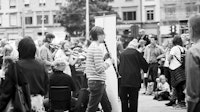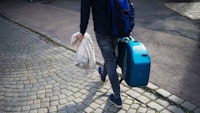The finances, wellbeing, and physical and mental health of students have suffered during the pandemic. A higher percentage of students at the NMH than in Norway as a whole report that the coronavirus pandemic has had a detrimental effect on their finances. A total of 61 per cent of the students at the NMH have found that their financial situation has become somewhat or much worse. The percentage for the rest of the country is 43.
As expected in a locked-down city, the students are extremely dissatisfied with the cultural activities and social life available, but the students at the NMH are slightly more satisfied with their studies than the average among the students in Norway. This might be because the NMH has been open for practising and for one-to-one instruction during most of the pandemic period. The survey also shows that NMH students have had nearly four times as much instruction on campus than the average for Norwegian students.
“The results confirm that it was important to give students access to the campus during the pandemic, even with stringent restrictions. Without access to practice rooms and individual instruction, many of our students would be struggling even more to stay motivated,” says Principal Peter Tornquist.




